What Is a Bank Draft?
A bank draft is a payment that is like a check, but its amount is guaranteed by the issuing bank. The funds are drawn from the requesting payer's account and are then placed in the bank's reserve account until the draft is cashed by the payee. Bank drafts provide the payee with a form of payment that is more secure than personal checks.
Key Takeaways
- A bank draft is a payment that is guaranteed by the issuing bank.
- Bank drafts are often used for larger payments such as a down payment on a home.
- Banks verify and withdraw funds from the payer's account and deposit them into an internal account, or a reserve account.
- Banks normally charge a fee for a bank draft.
- A seller may require a bank draft when they have no relationship with the buyer.
Bank Draft
How a Bank Draft Works
You have several options available to make secure, certified payment options including certified checks, wire transfers, and bank drafts. Certified payment options give the payee more security because the funds are guaranteed,
Bank drafts¡ªalso called banker's drafts, bank check, or teller's check¡ªare guaranteed by the issuing bank¡ªin many cases, for a large amount of money. You may be required to provide a bank draft when you make payment for a major purchase, such as for a down payment to buy property.
When you request a bank draft, the bank ensures you have enough money in your account to cover the amount requested. It then withdraws the money from your account and moves it to the bank's reserve account.
The bank then prepares the draft with your name and the amount you are paying the third party, the payee. The draft has a serial number, watermarks, and may even have micro-encoding that identifies it as a legitimate form of payment.
Note
Since the funds are already withdrawn from your account when you buy the draft, the issuing bank essentially becomes the payer.
Bank drafts may be required by a seller when they have no relationship with a buyer, when a transaction involves a large sum, or if the seller believes collecting payment may be difficult.
Banks normally charge customers for drafts. This means that in addition to the amount of the draft, the requesting customer may be liable for a fee¡ªusually a flat fee based on the total amount of the draft or a percentage of the draft. Banks may waive the fee for customers who have a good relationship with the institution or for those who are considered high-net-worth individuals (HNWIs).
How to Cancel a Bank Draft
Some banks may not put stop payments on drafts once they’re issued. That’s because the transaction has already taken place, according to their records.
If you want to reverse the transaction, the bank usually requires that you redeem the draft for the full amount. In some cases, it is possible to cancel or replace a lost, stolen, or destroyed draft as long as you have the required documentation.
Bank Drafts vs. Money Orders
A bank draft and a money order are both guaranteed for a specific amount and they are both considered a secure method of payment for a payee.
The payer does not need to carry large amounts of money when using a bank draft or money order. However, a bank draft is a check drawn on a bank¡¯s funds after accepting the amount from the issuer¡¯s account, whereas cash is used when purchasing a money order. You can use cash or a debit card to buy a money order, but you cannot use a credit card.
You can only purchase bank drafts from a financial institution like a bank or credit union. You can buy money orders from certified stores and post offices as well as banks.
Since money orders could be used to launder money, you can only purchase a money order in the U.S. for up to $1,000 if you are sending it domestically or for up to $700 if you are sending it internationally. Bank draft amounts can be much higher.
Due to the limited amounts of money orders¡ªand the process banks go through when issuing drafts¡ªmoney orders typically cost less than bank drafts. Getting a bank draft can be more difficult than getting a money order because you must get the draft from your bank.
What Is the Difference Between a Bank Draft and a Certified Check?
With a bank draft, the funds are withdrawn from your bank account and then the check is made out from the bank, which guarantees it. Your funds are placed into the bank's reserve account. With a certified check, the money is also guaranteed by the bank, but your funds are not withdrawn until the check is cashed. Instead, they are placed on hold.
How Do You Cancel a Bank Draft?
Once a bank draft is given to the person it was intended for, it cannot be cancelled. You, as the purchaser, are responsible for delivering the draft to the payee. If you lose it, you will have to take several steps to get a new draft, which may include providing a surety bond or signing an indemnity.
How Much Does a Bank Draft Cost?
The amount a bank draft will cost will vary by financial institution. Some may charge a flat fee while others may charge a percentage of the check amount. For example, TD Bank charges $9.95 for a bank draft.
The Bottom Line
While not ideal for everyday purchases, bank drafts can be very useful payments methods when you are making a major purchase. A seller may request a bank draft for added security to ensure they will receive their funds. You may find you need to provide a bank draft for purchases like a car or a home. In that case, you can pay a fee to a bank to get the draft, which you then provide to the seller.


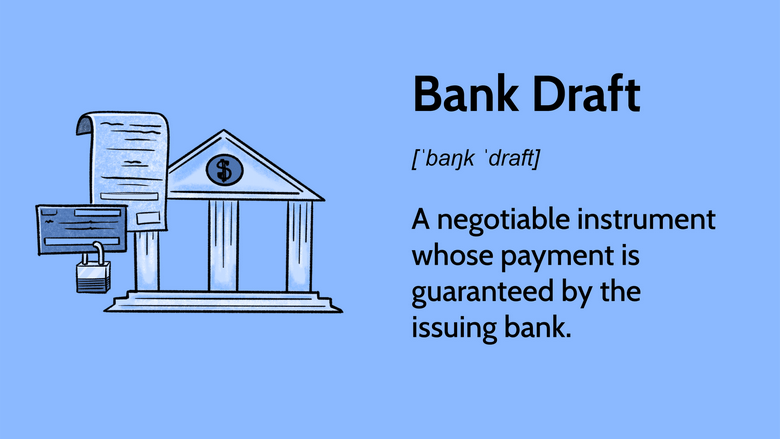
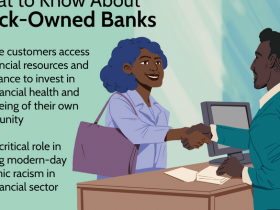




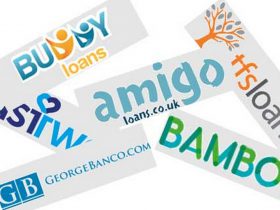
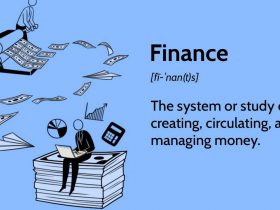
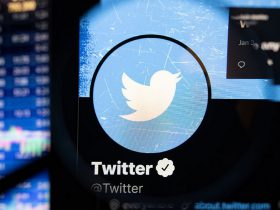
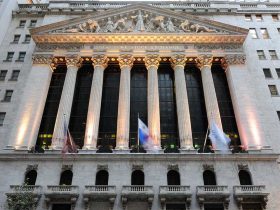

Leave a Reply